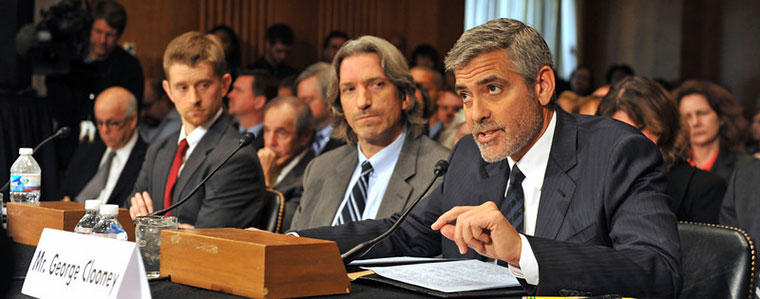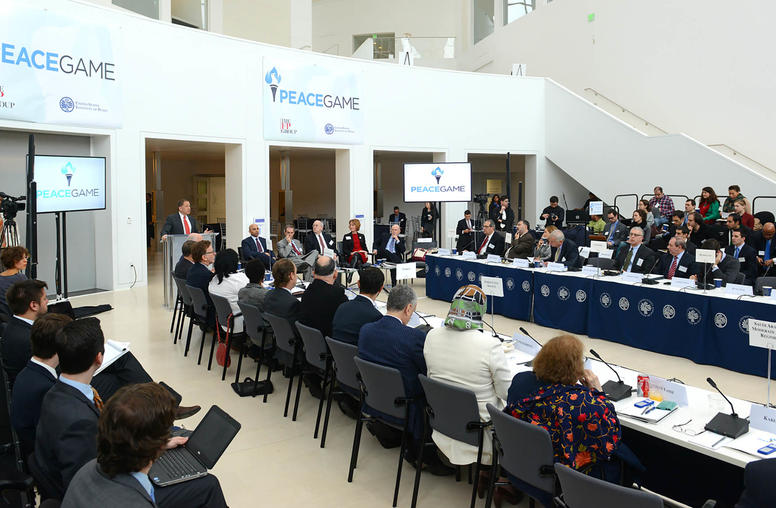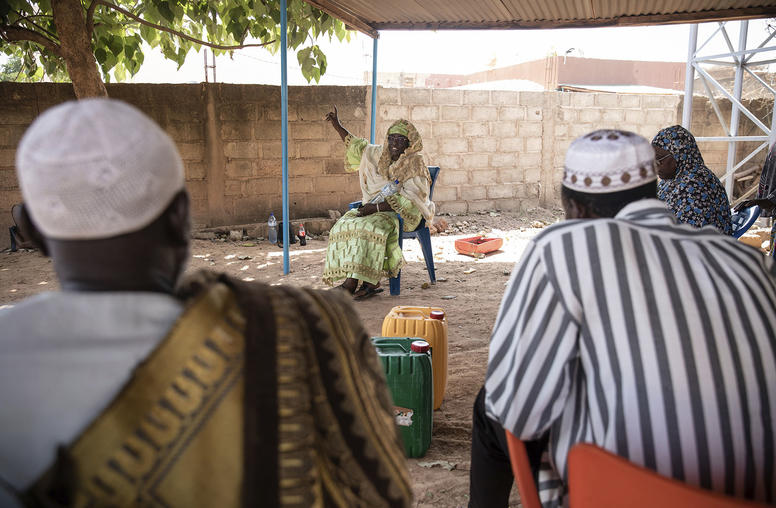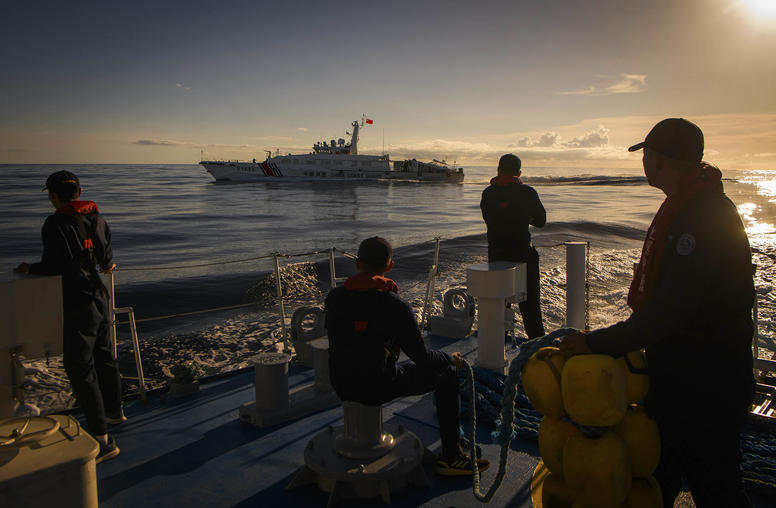Giving Peacetech a Chance
I hope lots of people saw this great line from George Clooney, when he was asked about his recent work -- the Sentinel project -- to rent a satellite and point it at Sudan. Ironically, he offered these words to a CNN interviewer on the same week that USAID announced it had partnered with an NGO called Humanity United to issue a global challenge grant for new ideas on ways to use technology to prevent atrocities.

How come you could Google Earth my house and you can't Google Earth where war crimes are being committed? It doesn't make sense to me.
This one-two punch on the topic of “peacetech” – technologies that can be used to head off violent conflict and save lives – is a sign of the times. Technology is transforming the work at USIP and other conflict resolution organizations do in the field, presenting us with virtually unlimited opportunities to try new approaches to age old problems of corruption, persecution, resource shortages, election fraud and gender violence. There is almost no aspect of the social, political and environmental causes of large and small-scale warfare that can’t be inflected by innovative uses of science and technology.
I recently read that there are now 4.8 billion cell phones in use on the planet. Compare that with 4.2 billion toothbrushes. I can’t remember where I read that but it underscores the ubiquity of the single-most transformative technology in our field. Look at Afghanistan: about 75 percent of the population has cell phones in one of the poorest countries in the world. Afghanistan has become an incubator for some of the most innovative cell phone applications of peacetech -- for everything from election monitoring to mobile banking to delivery of mobile medical services.
And it’s just the beginning. It’s a Facebook world, where one in nine people on the planet have a Facebook account, with 75 % of them checking it daily, according to the digitalbuzz blog and other sources. A sign that connections among both individuals and networks are being made on an unprecedented scale and how digital networks are creating revolutions of ideas on many levels.
Which brings me back to the one-two punch of Clooney and USAID. Clooney is asking why we aren’t using the technology already available to us to prevent genocide, while USAID is asking for new technology ideas to achieve the same goal. Both are correct: more efforts to leverage more technologies for conflict prevention will yield good things.
Will technology end all violent conflict? Of course not. Conflict arises from complex human systems, which means complexity informs virtually all of our work in this field – whether it’s the training we do at USIP’s Academy on cross-cultural communication or the awareness of unintended consequences that we bring to our work on the ground in-country. The technology complements these proven tactics for dealing with the realities in conflict zones that are immensely complex and fluid. It’s a way to get adversaries to start talking. A new way to more easily catalog and preserve land records using hand-held GIS systems where the cycle of killing often begins over land disputes. A way to provide solar powered lighting on dark paths to the women’s ablutions in refugee camps, where rape is often epidemic. The list goes on and on. At least it should.
Comments:
| Date: Monday, May 28, 2012 9:35 PM From: Sammie Elere |
|
This dimension to peace monitoring and peacebuilding will definitely yield good results. Technology should be a medium of threat to those who are bent on causing conflicts and disrupting peace; this can only happen when they know they have no hiding places. |



